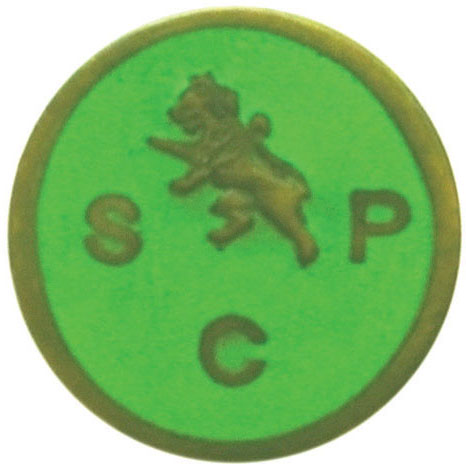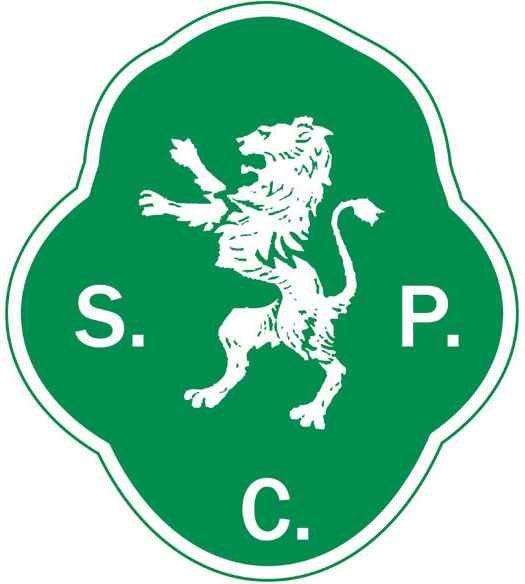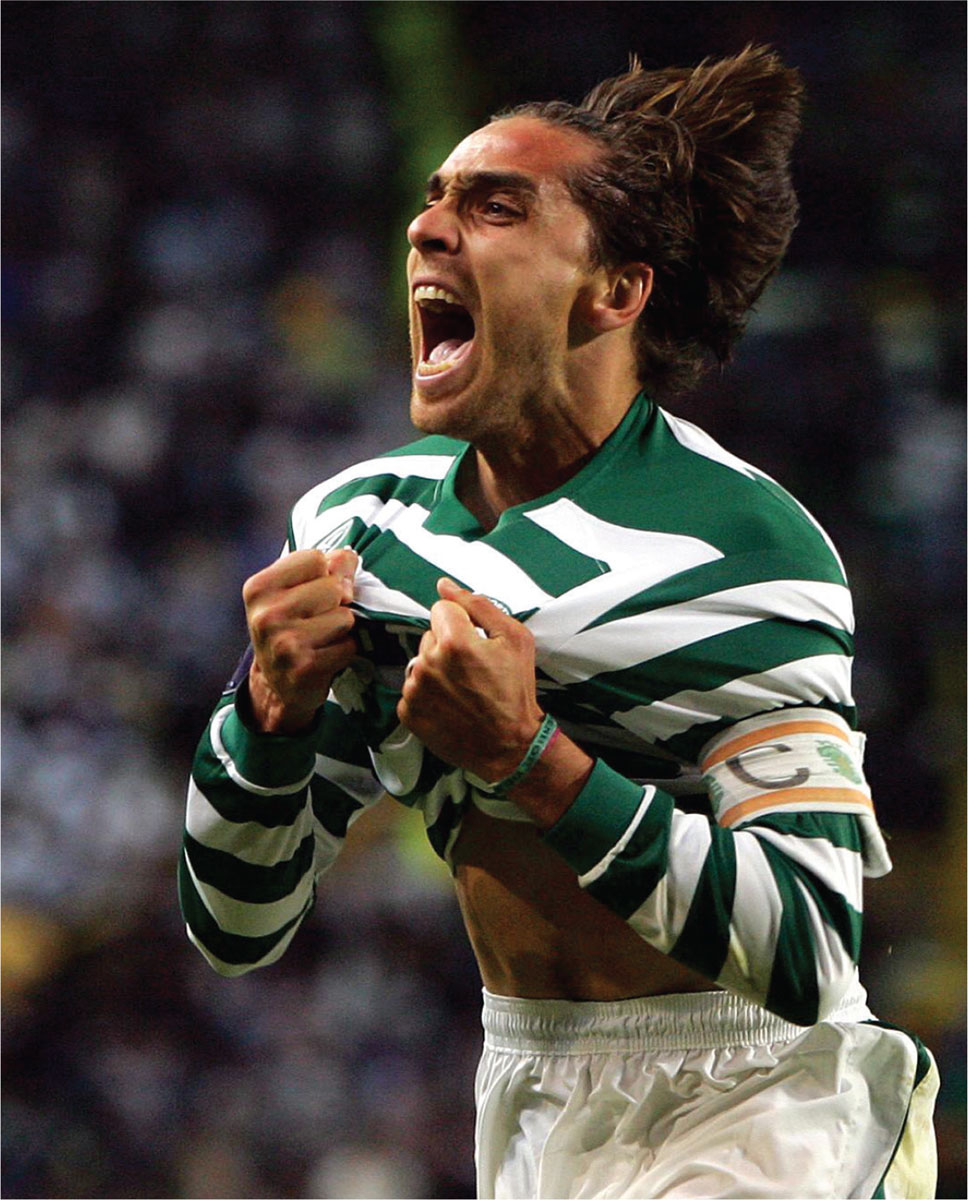
SPORTING CLUBE DE PORTUGAL
THE LIONS OF LISBON
Luís Figo, Paulo Futre, Nani, João Moutinho, Ricardo Quaresma and Cristiano Ronaldo. These are just some of the international stars to be nurtured by Sporting Clube de Portugal. With such a successful youth academy, it is strange that Sporting haven’t won more titles. The green and whites from the capital do count as one of the three greats of Portuguese football, alongside Benfica and FC Porto. However, rivals Benfica are the country’s historically dominant club, while Porto has led Potugal into a new, more modern era of football – and Sporting have to make do with whatever’s left.
Sporting has a haul of more than 40 domestic trophies, and yet this pales in comparison with the achievements of their rivals. The explanation is that up to 2018, with only two exceptions (Belenenses in 1946 and Boavista in 2001), the Portuguese league was only ever won by one of the Big Three: Benfica (36 wins), Porto (28) or Sporting (18). The same applies, pretty much, to the domestic cup.
Oddly enough, it’s in modern times that Sporting has acquired its reputation as a loser. This in spite of the club having shaped world-class talents during the same period. After the league title of 1982, Sporting suffered their longest stretch without a title since the league was founded in 1934. It was 18 years before their next league triumph, in 2000. Since then the club, with a few exceptions, have played third fiddle on the west coast of the Iberian peninsula, a role that would have satisfied neither Luís Figo nor Cristiano Ronaldo.
NAME: Sporting Clube de Portugal
NICKNAMES: Leões (the Lions), Verde-e-Brancos (the Green and Whites), Sportinguistas and Sporting
FOUNDED: 1906
STADIUM: Estádio José Alvalade, Lisbon (50,095 capacity)
HISTORIC PLAYERS: Fernando Peyroteo, Hilário da Conçeicão, Héctor Yazalde, Luís Figo and Cristiano Ronaldo

1907–1913. Sporting was founded in 1906 after a meeting that had taken place a year earlier in the seaside resort of Cascais. José Alvalade asked his fellow founder Fernando Castelo Branco if the club could adopt the lion rampant from the Branco family crest. Branco liked the suggestion with the proviso that the blue be changed. Thus green was chosen to symbolise hope.

1913–1930. In 1910, Hugo Morais Sarmento moved from Germany to become Sporting’s new goalkeeper, and brought with him a jacket decorated with various German badges. Three years later, the club chose to manufacture their new emblem in Germany. The lion was developed and framed by the name of the club. Who designed the new crest? Hugo Morais Sarmento.

1930–1945. In 1923 the club started discussions to create a new logo. A special committee was formed to vote for the new crest, and seven years would pass before it was finally unveiled.

1945–2001. After Sporting’s second league title in 1944, a new club crest was created. Aside from a change in the shape of the shield, the club initials were moved to the top of the emblem like a crown. This emblem remained for 50 years and was popular with the fans.

2001–present. To represent the club’s efforts to achieve sporting and financial success, this emblem was unveiled in 2001. The club admits there was much debate about the name featured, because Sporting Lisbon is not the official name. To establish its correct name on the international stage the initials were retained at the top, and both ‘Sporting’ and ‘Portugal’ were spelled out on the shield. The white lion was made golden and the green and white colours were enhanced.

Sporting’s Beto celebrates after scoring in the quarter-final of the 2005 UEFA Cup. The Lions made the final, which was to be played at their home ground, Estádio José Alvalade, only to lose 3-1 to CSKA Moscow.